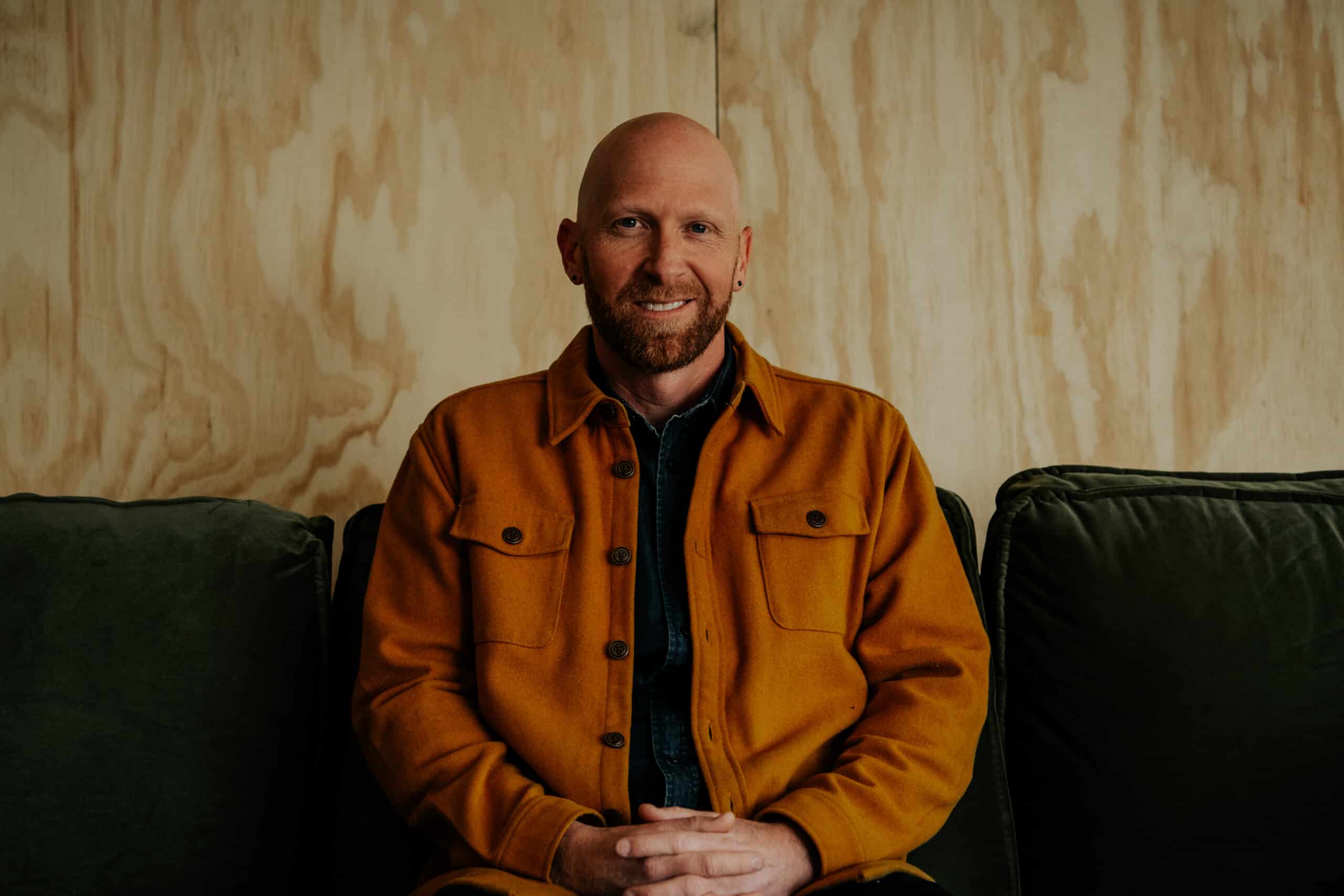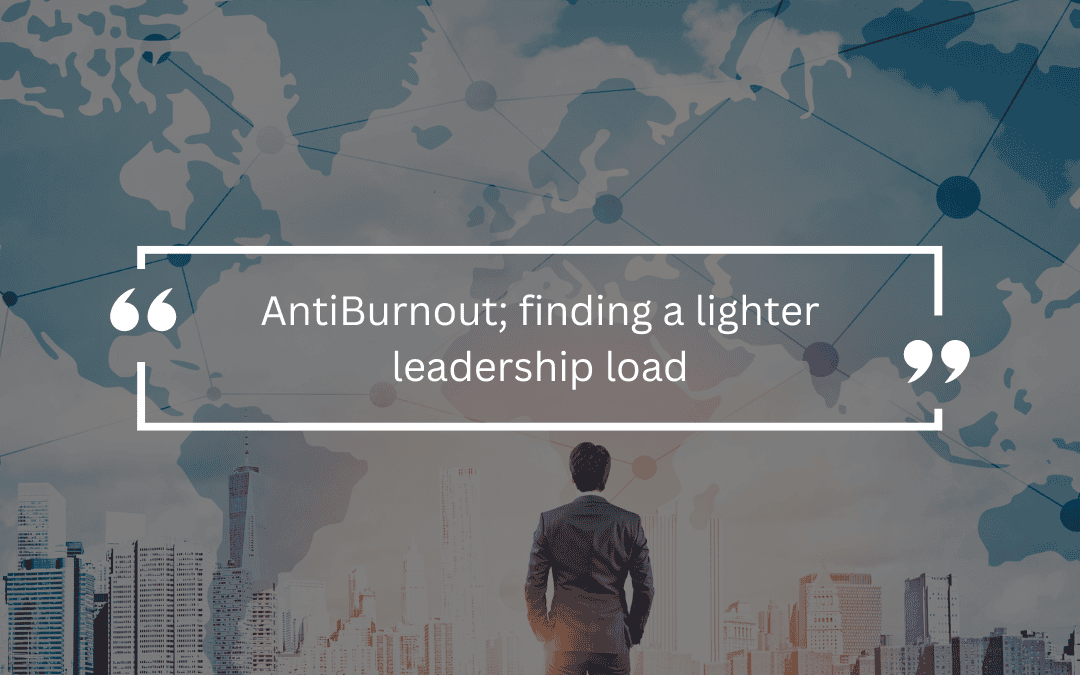The fire crackled in my back yard on a chilly Colorado night. Leaders mingled with drinks and tacos in their hand. If you watched this gathering unfolding from a drone’s vantage you might imagine egos and embellished stories. But the exact opposite was true. Connection, curiosity and humility were as palpable as the smoke rising from the fire.
I’m burdened by the burnout epidemic we’re experiencing. I serve as a Leadership Coach and Sabbatical Coach, so I get invited deeply into the lives of leaders. Burnout is coming for leaders across industries who don’t resist it. This is a heavy time, and we must find a lighter way to live and lead.
The best definition I’ve heard for burnout is from a researcher who calls it “Voluntary self-exploitation”. Perhaps the most helpful definition for leaders is this; “A syndrome of emotional exhaustion and cynicism that occurs in individuals who do ‘people work’ of some kind”. I asked a group of friends who have experienced burnout,“What did it feel like?” Emptier than empty. Freezer burn. Full, yet completely empty. Depleted mentally and emotionally. Ice skating uphill. Numb.
How do we know we’re in danger of burnout? Dr. Wes Beavis describes the burnout risk zone using the following equation: dealing with people + being responsible for favorable outcomes = Burnout Risk Zone. This puts every leader squarely in the risk zone. If you’re leading in any capacity you need to be aware.
dealing with people + being responsible for favorable outcomes = Burnout Risk Zone.
Burnout is a complex issue. I explain it in full depth in my book AntiBurnout, but in short, if we live in a state of fatigue for too long burnout can trigger massive impacts like debilitating health issues, adrenal fatigue or moral crashes. But has smaller effects that are equally concerning.
- It wears down physical health, zapping energy, optimism and engagement.
- It impacts families when parents are grumpy or distant.
- It creates disengagement for teams when leaders are worn down.
- It impacts decisions leading to “decision fatigue”, procrastination or avoidance.
- It deflates creativity in preaching and clarity of vision.
- It stunts compassion limiting the capacity for pastoral care.
These are challenging days. Leaders are feeling the effects of division, cynicism, isolation, financial challenges, mental health and a cultural speed dial turned up to eleven. We’re also experiencing a loneliness epidemic, and leaders are feeling it, too. I see this up close as a coach and a friend to many leaders. Bottom line; we have to uncover a lighter way to live and lead.
This is a moment of confluence. The tide is turning for leaders. Some will continue getting healthier while others drift toward burnout. Culturally there are plenty of reasons to be discouraged, but I have plenty of hope, too. Leaders are taking their relational, emotional and mental health more seriously. Leaders are trading competition for collaboration, seeking counseling to process their pain and coaching to navigate leadership wisely.
From time to energy
Reversing the burnout cycle will require us to change how we think about time and energy. The currency of leadership is energy, not time. One of the greatest shifts a leader can make is focusing more on their energy than their time. Spenders work for money, but investors make their money work for them. Investing energy works the same way; the leaders who invest their energy know when and where their energy brings the best returns. Financial investors focus on R.O.I. (return on investment), but leaders must focus on R.O.E. (return on energy). What is the highest R.O.E. for you? The most effective leaders develop rhythms that work with the grain of their energy, not against it.
In his book A Life Worth Living philosopher and theologian Miroslav Volf asks the arresting question, “What is worth wanting?” Before we can lead healthy we must prioritize what is worthy of our best attention. Just because someone else is doing it or “it’s working” doesn’t mean it’s worthy of your best energy.
THE CURRENCY OF LEADERSHIP IS ENERGY, NOT TIME.
How can we bypass burnout?
Burnout IS avoidable. I get the joy of watching leaders make shifts that create freedom and space in their lives so they can continue leading for the long haul. Here are some practical changes you can make.
Shift your mindset. If you believe you MUST stretch the limits of your time, energy and schedule you will continue stretching. Accepting our limits goes against our culture, but is freeing.
Actively cultivate friendships. It’s crucial to be around people who don’t need you. If you’re going to stay healthy and lead well you need friends. Real friends.
Develop teams to share the load. We must lean into team leadership if we are going to lighten the load on point leaders and invite others to participate.
Invite professionals to serve you in the niches. I’m a huge fan of leaders seeking help for their mental health and leadership. As a coach I get to be an advocate with the leader, working shoulder-to-shoulder helping them with their goals.
Engage or re-engage hobbies. Many leaders feel guilty playing, but the right hobbies keep our mind off work, allowing us to get away from our devices, replenish our energy and create margin.
Dial in your weekly rhythm. Designing a sustainable weekly rhythm that doesn’t leave you exhausted is vital! I love helping leaders design and normalize sustainable rhythms of work and rest.
The great irony of burnout is we often don’t see it coming. It comes in stealth mode often appearing as a lot of good things we should do. Don’t wait until you’re concerned about your health, disengaged from your family or resentful toward those you serve to make a change. Wise leaders leverage rest and momentum, honoring God’s intention for both hard work and replenishing rest.
* I share in depth about burnout and a path to resist it in my highly practical book AntiBurnout; a lighter way to live and lead in a heavy world.

Alan briggs
Position
Alan Briggs helps CATALYTIC LEADERS leverage CATALYTIC MOMENTS for SYSTEMIC CHANGE. He serves businesses and nonprofits as a Leadership Coach, Sabbatical Coach, team consultant, podcaster and speaker. He founded and leads Stay Forth Coaching to help leaders experience deep health and impact and create healthy cultures around them.

